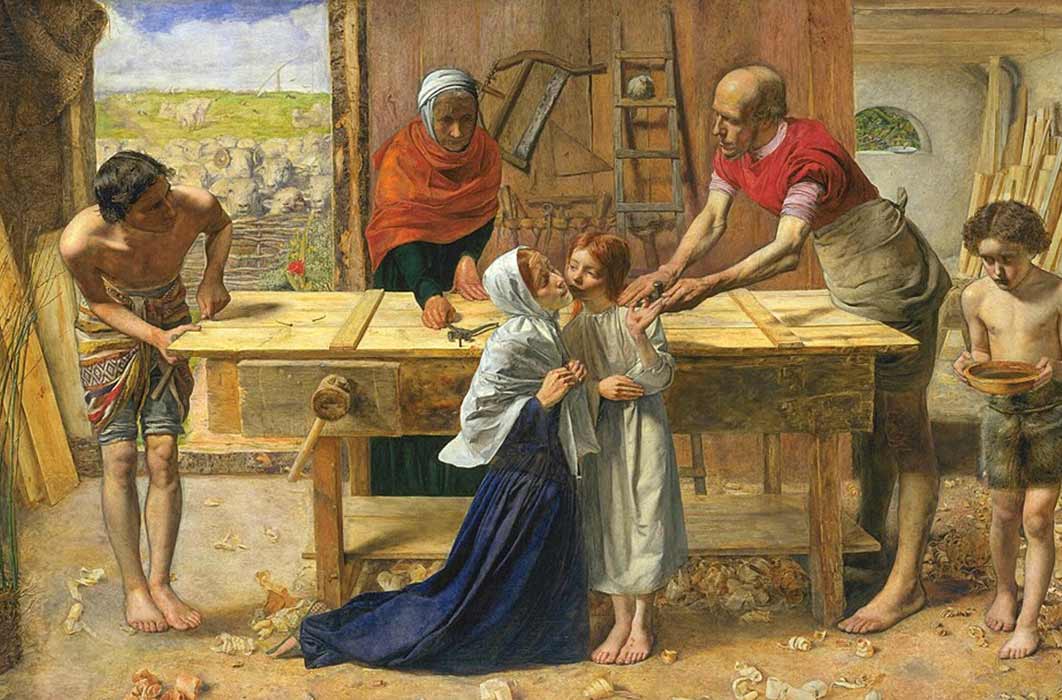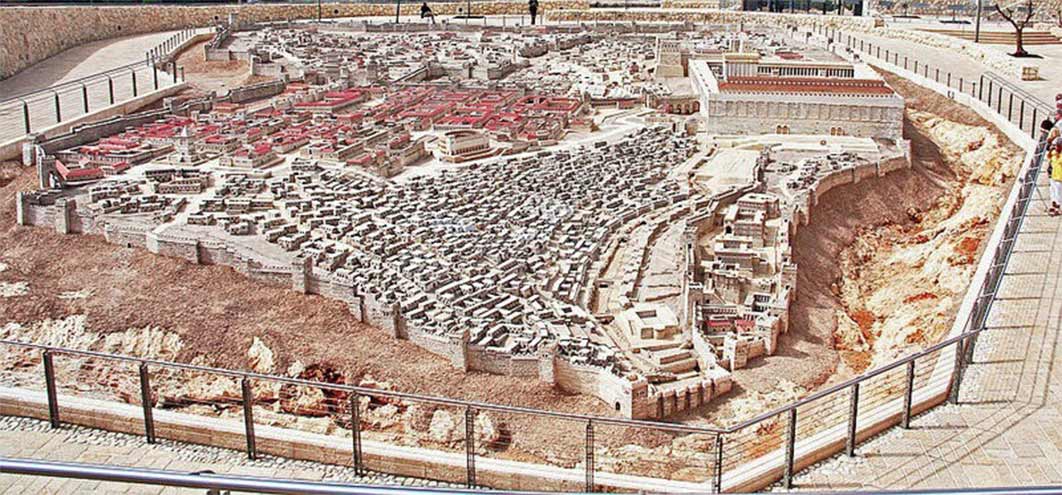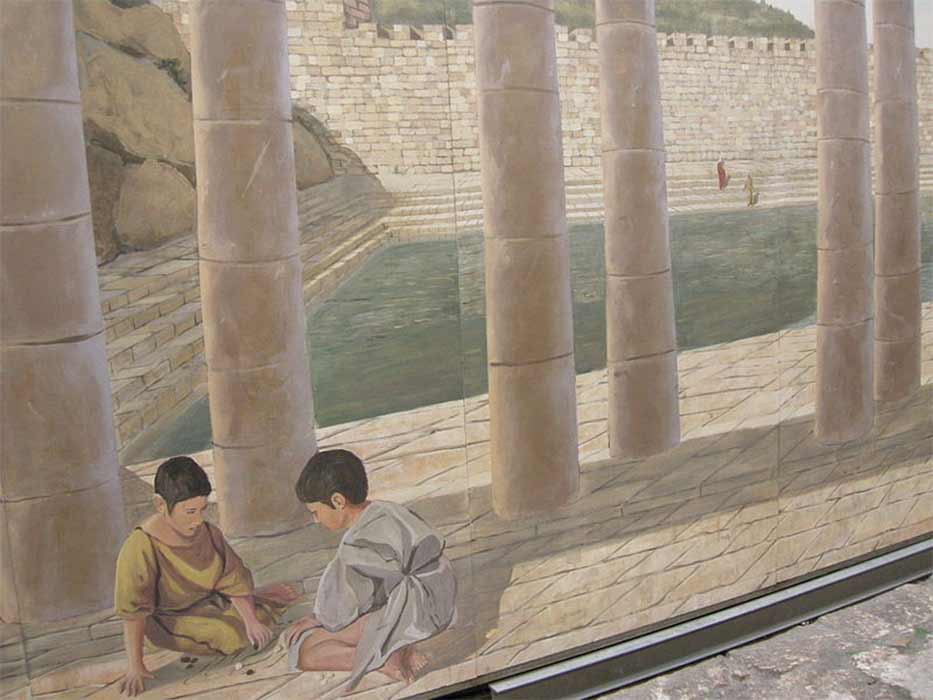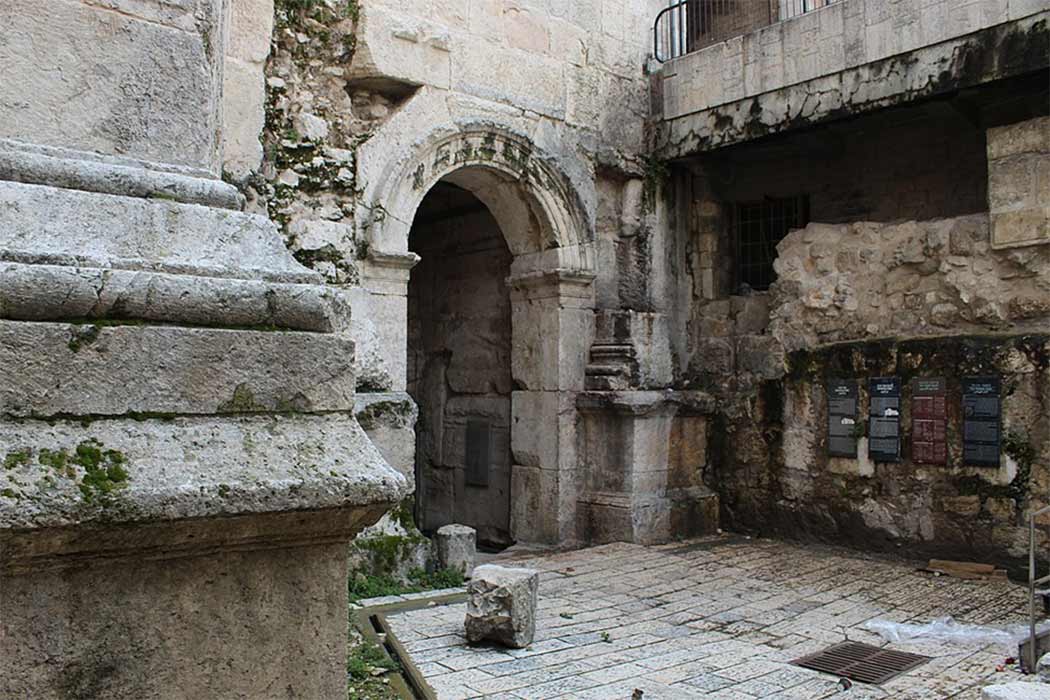
The Fate Of The First-Century Carpenter Of Jerusalem
First century AD Jerusalem was a bustling metropolis with a population estimated between 80,000 to 200,000 people. During Pesach or Passover, one of the ‘Three Pilgrimages to Jerusalem’ – the other two being Shavuot marking the wheat harvest and Sukkoth, the ‘Feast of Tabernacles’ – the numbers could easily have swelled with 300,000 to 400,000 pilgrims. Approaching the city from a distance, a rural carpenter and his 12-year-old son visiting for the first time would have stopped and gazed in awe at the city’s fortification walls and the looming towers, with the Temple shimmering gold on the highest hill of Moriah. Jerusalem was built on the hills of Judea, the three most prominent being Ophel, Moriah and Zion.

The view of Ancient Jerusalem. Model in the Israel Museum. (CC BY-SA 2.0)
Deep valleys in the south, west and east of the city hindered passage and approach from these directions. The Gihon River meandered through the Kidron Valley in the east, the Tyropean Valley divided Jerusalem from north to south and the Hinnom Valley lay to the south-west. The Hinnom Valley attained notoriety due to the early Israelite King Menasseh (697–640 BC), who was not only an idolater, but also supported a cult of child sacrifice by fire and killed his own sons in this Valley of the Son of Hinnom. Later it became the perpetual burning-garbage dump and city sewer of Jerusalem.

The Carpenter’s son at the Pool of Siloam in the Second Temple period (Artist’s reconstruction) (Public Domain)
Approaching Jerusalem
Four main routes led to Jerusalem – the northern Damascus Road, the eastern Jericho route, the southern road from Bethlehem and the western road from Jaffa. Perhaps the carpenter and his son would have taken a short respite after their long journey at the Pool of Siloam in the Kidron Valley, to cool themselves and their donkey. Subterranean cisterns in the city were linked by tunnels and Herod the Great had constructed public baths, such as the Struthion pool at the Antonia Fort, where the Roman soldiers were garrisoned. The carpenter and his son would have noticed the Roman soldiers loitering about when they entered Jerusalem through the Damascus Gate.

Old Roman era gate beneath the Damascus Gate in Jerusalem (Davidbena / CC BY-SA 4.0)
Once inside the gates the carpenter and his son might have been temporarily dazed by the architecture; the ramparts and tunnels, the Temple, the cisterns, the paved streets, the fountains, the palaces of the Upper City, and the markets and abodes of the common people. The urban lifestyle, trades and buzz of the city would have been quite an onslaught on the senses of a rural carpenter and his son. Long before they actually reached the city, their olfactory and auditory senses would have alerted them that they were drawing close, but no description could have prepared them. Such simple travelers would have been overwhelmed by the blend of the smells and aromas of spices, animals, leather tanneries, and perfumes permeating the markets, as well as the colorful attires and dyes worn by the pedestrians, not to mention the din of soldiers, traders, beggars, artisans, priests and common folk as well as camels, donkeys, horses, sheep, goats, chickens and dogs mingling in such close proximity within those walls.




